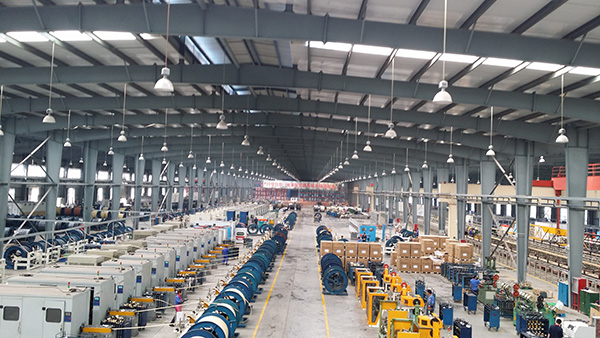Steel Wire Hydraulic Hose Manufacturers
2023-02-22 14:27:34
Designed to transfer high pressure fluids, a steel wire hydraulic hose is an essential component of a hydraulic system. In order to ensure safe and efficient operation, manufacturers of hydraulic hoses have compiled several standards. The different hoses are rated based on their pressure, temperature, and material cure dates. The hoses are commonly used in the construction, mining, and oil refining industries.
The tube of a hydraulic hose is made from materials such as synthetic rubber and polytetrafluoroethylene (PTFE). These materials are weather resistant and provide abrasion resistance. The hose cover is ozone and oil-resistant. The inner layer is typically made from a synthetic rubber like polyamide or PE. The hose is also designed for pressure resistance.
Braided wire is used as the reinforcement layer in a steel wire hydraulic Hose. The wires are typically helical or spiral. The reinforcement layer is usually made of two synthetic textile braids. This provides flexibility and provides the hose with a higher working pressure. It is also designed to protect the interior braid if the cover is damaged. The exterior braid may rust and break in exposed environments.
In addition to steel wire, the hose is made of a synthetic rubber lining. The rubber is resistant to oil and fuel. The lining provides protection for the inner wire braid and is resistant to abrasion. The hose is designed to provide maximum resistance to bending and pressure spikes. It is recommended for large diameter high pressure applications.
The steel wire hydraulic hose is used in a variety of industries. The hose can be used in construction and mining, as well as in oil and gas drilling. The hose is available in single wire braid and double wire braid configurations. Double wire braid is used for safety reasons. This hose can also serve as waste or recycling. The hose is available in a variety of sizes and can be customized to fit a specific application.
A steel wire hydraulic hose is typically designed to withstand temperatures between -40 and 100 degrees Celsius. Some models can withstand higher temperatures, however. Hydraulic hoses are marked by their pressure rating and the hose's size. You can also mark the cure date on the hose. These labels are important to keep track of the hose's life. Changing the hose's oil and filter on a regular basis will ensure the hose's longevity.
It is easy to make the hose. It is durable and can withstand high temperatures. Flexible and abrasion-resistant, the hose is flexible. However, the hose's exterior braid may rust and break in exposed conditions. Denso tape is recommended to protect the hose from marine environments.
In addition to steel wire, a hydraulic hose is also made of polytetrafluoroethylene (PTFE). This hose has two layers. The inner layer is flexible and can withstand pressure. The outer layer is also made from abrasion-resistant synthetic rubber.